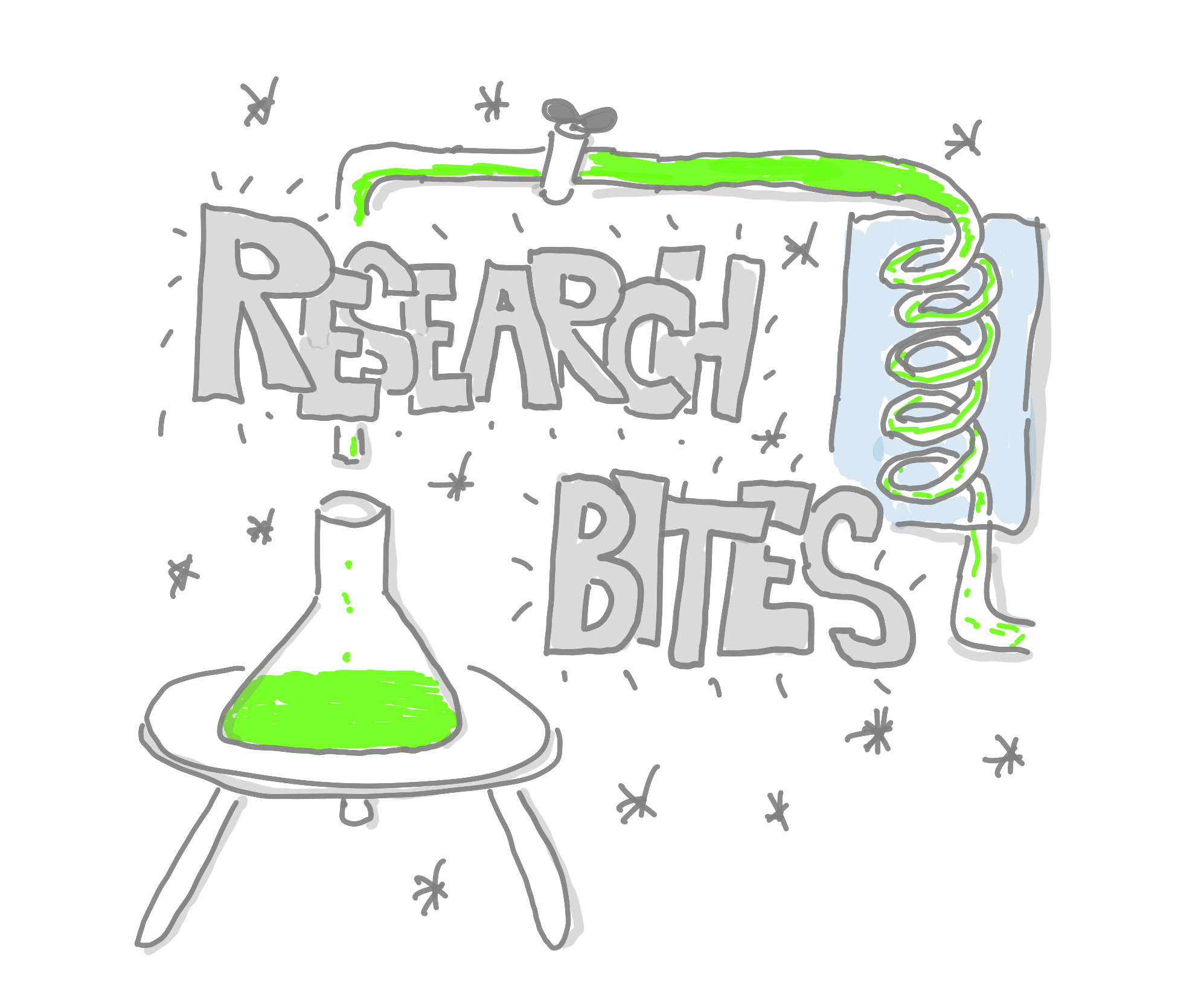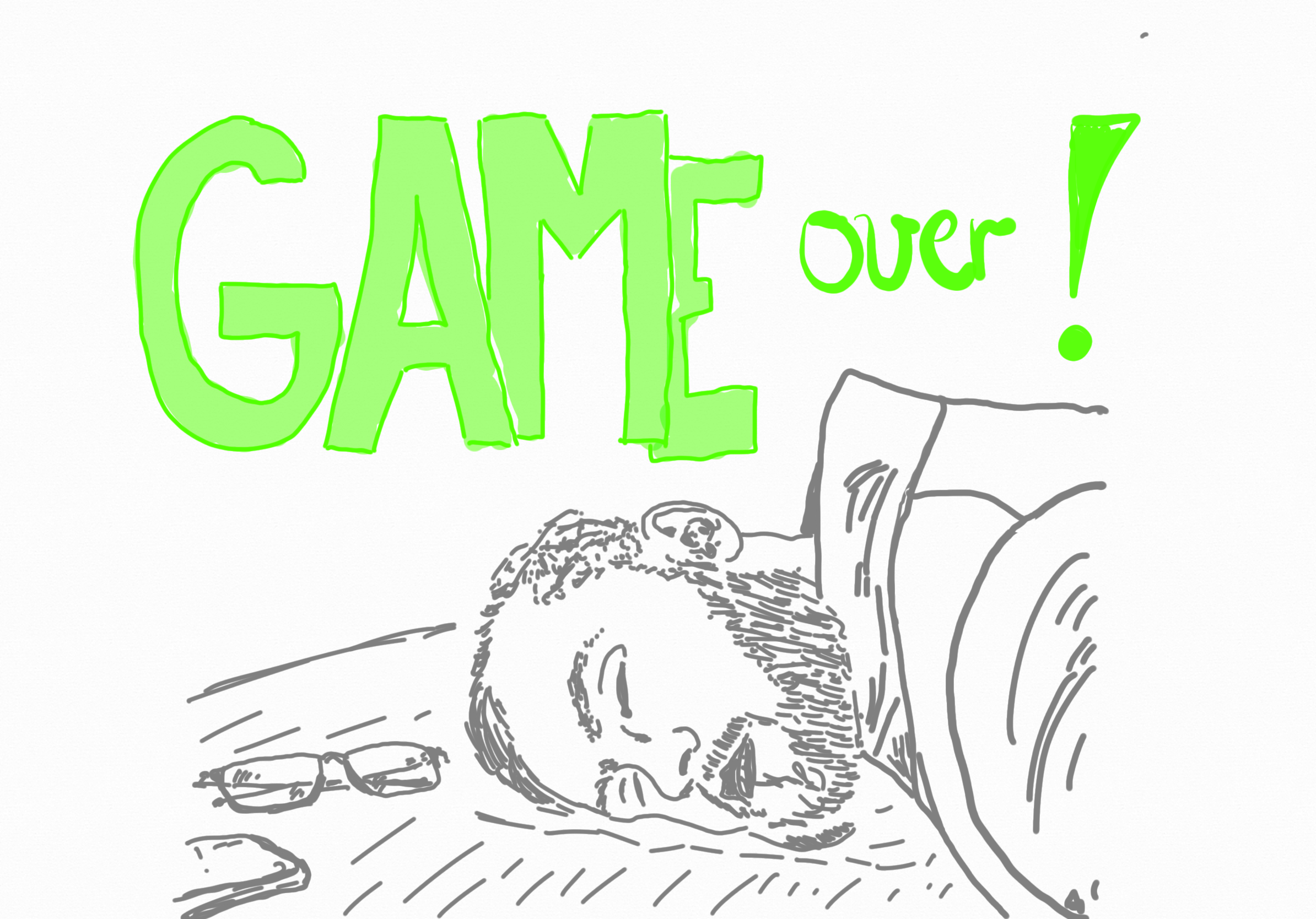Today, a lot of consultants and agile coaches try to implement SCRUM or other agile concepts in their companies or support their clients on doing so. In most cases, agile approaches still are mainly used in software development projects all over the world. But more and more companies also try to make use of this approach also in other areas, like hardware development, engineering, R&D activities or other “brainwork” areas. But unfortunately more than often the expected improvements in terms of speed and efficiency are not reached as quickly as promised and so a lot of companies give up and fall back to their old working habits.
Often the reason is not, that the tools of agile working are not understood. Kanban or SCRUM boards are installed everywhere, roles are defined by person and meeting are held as defined. Nevertheless the picture of the bright future the consultants have drawn and the expectations the management had were not fulfilled. Often this happens because the underlying culture or principles of agile working are not implemented appropriately or even not properly understood by the leadership team and the involved employees.
To change this and increase the probability of success, we went back to the roots of agile and lean. A lot of the principles and cultural elements of todays SCRUM and other agile approaches can be found already in the Toyota Production System (TPS) or in the Lean movement, that started in the 80ies and 90ies of the last century. A lot of frameworks that can be found there are the roots and basics of todays agile concepts.
A scholar of Taiichi Ohno, former chairman of Toyota and inventor of the TPS is Hitoshi Yamada. With his concept of “Muda-tori” he improved the operations of several Japanese companies several years ago. To get an idea on how he worked, have a look at the following documentary showing his work at Sanyo:
Although a lot of elements in the movie feel strange in todays working environment, several of the core ideas of Yamada’s work are still helpful. The idea of “waste elimination”, open communication, transparency and visual management are the key of todays agile movement. The reduction of specialisation and enrichment of individual responsibility, simplification and continuous improvement are also a key element for todays standards in agile software development.
To properly translate the agile idea to other areas of R&D, like hardware development, a further look into the Toyota Development System (TDS) is helpful. This is the application of the TPS ideas on the development process. Also not new and already existing since more than 30 years. The two key elements of the TPS, automation and just-in-time production need to be transferred to the different environment of R&D. To do so, a significant change in mindset is necessary. Instead of the traditional “planning in advance and execute according to plan” mentality, a more learning oriented approach is necessary. Instead of the avoidance of rework and redesign of components and modules of complex systems, like cars or machines, during the development cycle, an acceptance of this redesigns are important. All redesigns should be seen as a learning process for the whole team. This view focus the perspective of project and program management more on other topics than planning, steering and reporting. Key elements are now more questions, like “how changes can be made early during the development process” or “how learnings can be used most effectively in the own project, but also beyond this in other projects, that are running later or in parallel”. Also the synchronisation and integration of different modules come into focus. Instead of using a stage-gate-process, which is closely linked to the old waterfall philosophy, other approaches need to be implemented in the agile R&D environment. Visual planning instead of visual control is key. A nice example is the way of “Harley-Davidson” and how they changed their R&D processes to a more lean approach, with exciting improvements. Further insights and details on this process can be found in this book:
But as mentioned, the secret doesn’t lay in the system, but more in the people: The management team and the employees involved in the R&D processes. Therefore my personal experience shows, that a systematic facilitation and support of the teams, who would like to work in a new way, is essential. Knowing the underlying principles and concepts of Lean and Agile from the last 20-40 years are key in getting the implementation right. Instead of focussing on new methods like post-its and whiteboards and the SCRUM method itself, I strongly recommend to go deeper into the roots of Lean and Agile. Doing the right Leadership Development in parallel of an implementation process like this on the shop floor can increase the success rate of Agile significantly. As always, comments and discussion are highly welcome.








Leave A Comment